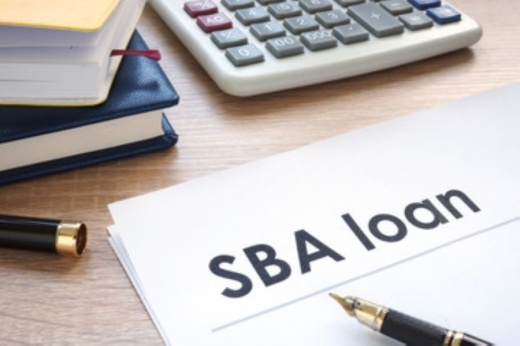In a live update hosted by the U.S. Chamber of Commerce, Neil Bradley, executive vice president and chief policy officer for the chamber, gave a breakdown of what is new and what has remained the same with this new program.
Expenses and eligibility
In the second round of PPP loans, one of the major differences from the first round of PPP loans is how the money can be used. This time around, eligible businesses can use the loan for a greater number of expenses, including operations, utilities, mortgage, supplier costs and worker protection equipment costs, which were previously not allowed in the first round.
Also included in the eligible expenses in this new PPP are property damage costs resulting from looting related to protests as seen across the nation over the summer.
Eligibility requirements have also changed, Bradley said. Businesses must have fewer than 300 employees and show more than a 25% reduction in gross receipts within a specific quarter relative to 2019.
Newly added to the list of eligible businesses are 501(c)6, local news media organizations and housing cooperatives. Publicly traded companies are no longer eligible for the loan.
Previously, entities had to choose between taking advantage of the PPP or the Employee Retention Tax Credit. Now, businesses may benefit from both.
Loan amounts
Loan amounts may not exceed $2 million. The maximum amount is calculated based on the average monthly payroll costs for the entity either during the 12 months prior to the loan or in some cases, 2019 payroll costs multiplied by 2.5. Employers in the accommodation and food service industries can multiply their costs by 3.5.
Seasonal employers’ loan amounts will be calculated using the average monthly payroll costs for a 12-week period between Feb. 15, 2019, and Feb. 15, 2020.
Bradley also said an additional $25 billion will be set aside for employers with 10 or fewer employees as well as for loans less than $250,000 for minority-owned businesses and entities in low-income neighborhoods. For first-time borrowers, $35 billion has been set aside for them.
The second round of PPP loans will last through March 31 or until all new funding has been exhausted.
Loan forgiveness
The new changes affect the loan’s tax treatment. According to Bradley, the new law will overturn the previous IRS ruling, and PPP loans will now be eligible for tax deductions.
As for the loan forgiveness period, the period for which expenses count toward loan forgiveness will now begin on the date the loan is given and must be completed on a chosen date that is between eight and 24 weeks after origination. Entities that previously received an Economic Injury Disaster Loan from the Small Business Administration will no longer have their loan forgiveness amount be reduced by the amount of the grant.
PPP and other economic programs
The second round of PPP loans is part of a larger stimulus package passed by Congress this week. The package also expanded and added new financial assistance programs for local entities.
The Employee Retention Tax Credit has been expanded, Bradley said. The new credit will begin Jan. 1, 2021, and end June 30. Unlike the previous credit, this one allows entities to receive 70% of qualified wages paid up to $10,000 per quarter. This means each employee’s wages could be paid up to $14,000 through June.
Bradley encouraged all businesses that previously did not apply for the Employee Retention Tax Credit to do so before the end of the year as many entities may qualify due to the new law.
Another new aspect in the stimulus package is a $15 billion grant program for eligible live venue operators, promoters, theatrical producers, live performing arts organizations, museums, movie theaters or talent representatives. Eligible entities must show at least a 25% drop in revenue.
Grants are equal to $10 million or less. The money must be used for specific expenses such as payroll, rent, utilities and personal protective equipment.
Also in the new package is the extension of the eviction moratorium until Jan. 31.
Bradley said applications for the PPP loan program will open once the SBA and the U.S. Treasury Department have updated the application forms for the banks to send out. For more information on the second draw of PPP loans, visit the U.S. Chamber of Commerce’s page.





